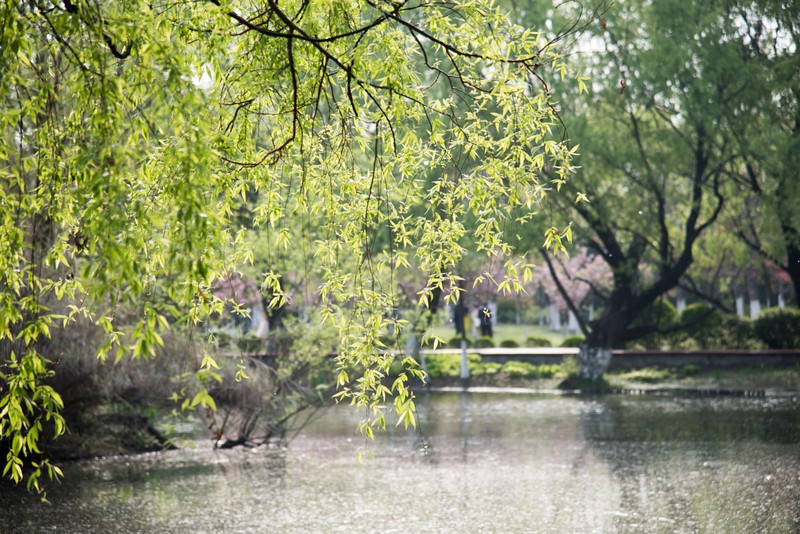Trees are plentiful – they are present in just about every environment.
They are also a massive survival resource, waiting for you to use them; here are some general pointers on four amazing trees that could be your lifeline in a survival situation!
White birch (paper birch)
White birch is easy to identify with its distinctive, white, papery bark. The birch leaf is also irregularly toothed. These grow almost exclusively in northern climates.
White birch survival uses:
• Sweet drinkable sap that does not need purification
• Containers can be fashioned from the bark (and even canoes – hence the name “canoe birch”)
• It’s papery bark makes some of the finest fire starting tender on the planet, which will light even when damp because of its resinous quality
• A fine tea can be made from the small twigs at the end of a branch or by shaving the bark from new growth. Toss a palmful of these elements into boiling water for a fresh, wintergreen-flavored teaWhite Pine
The leaves of the White Pine grow in batches of 5 needles. Every fall the white pine loses all of its needles except those that grew that year. Pine is an evergreen. Evergreen trees keep some green leaves year-round, unlike deciduous trees, and have needle-like leaves. They also produce cones (pine cones) instead of flowers.
White pine survival uses:
• Resin can be used a fire extender when mixed with tinder material
• Resin can be heated and mixed with crushed charcoal to make a natural epoxy
• Resin-rich joints and stump pieces make incredible fire kindling
• Make pine-needle tea from the green pine needles – very rich in Vitamin C
• Harvest pine nuts from the pine cones
• Pine needles make excellent fire tinder
• Pine needles make excellent natural insulation material for debris huts and survival sheltersWhite Oak (and all oaks in general)
White oaks have rounded leaf lobes instead of pointed ones like red oaks. Contrary to popular belief, acorns are edible. An abundance of acorns in mid-summer makes the oak family almost impossible to misidentify. Oaks are some of the largest trees in the forest.
White oak survival uses:
• Acorns (after leaching out the tannic acid) can be ground and used as flour to make acorn bread
• Tannic acid (which can be extracted by boiling or leaching acorns and/or inner oak bark and twigs) is anti-bacterial. I’ve used it as an antiseptic wash before and have heard of it being used to quell diarrhea.
• Acorns can be used a trap bait for squirrel and other small game animals
• Can tan leather using the tannic acid found in bark, acorns and wood
• Oak is a very hard wood that is good for ax handles, digging sticks and shelter frameworksSugar Maple (and pretty much all maples)
The sugar maple is one of my favorite trees and probably one of the most popular in the Eastern woodlands. Its beauty is on full display when the leaves change each fall into bursts of red, orange and yellow. The leaves usually have five lobes, and the tips are pointed. Young maples have smooth silvery bark. The unmistakable, “winged helicopter” seeds are a tell-tale maple tree indicator. Sugar maple is the source for maple syrup. This tree is preferred because its sap has high sugar content. It takes 40 gallons of sugar maple sap to make 1 gallon of maple syrup.
Sugar maple survival uses:• In later winter/early spring when the sap is running, the sugar maple is an excellent source of drinkable water (sap) that needs no purification. Maple Sap is nature’s version of an energy drink – rich in sugar and nutrients. I’ve filled a 1-liter canteen in as few as 15 minutes before. Maples don’t have fully developed (or any) leaves during this time of year – hence the important of 4 season identification.
• Young maple leaves are also edible. Toss them into a salad or boil them down with other spring greens. They get bitter and rough as they mature.
These four trees are tremendous survival resources.
Used properly, they can provide you with just about all you need to make it through in one piece.
To see more information and other trees you can use in a survival situation, please visit Willow Haven Outdoor.
